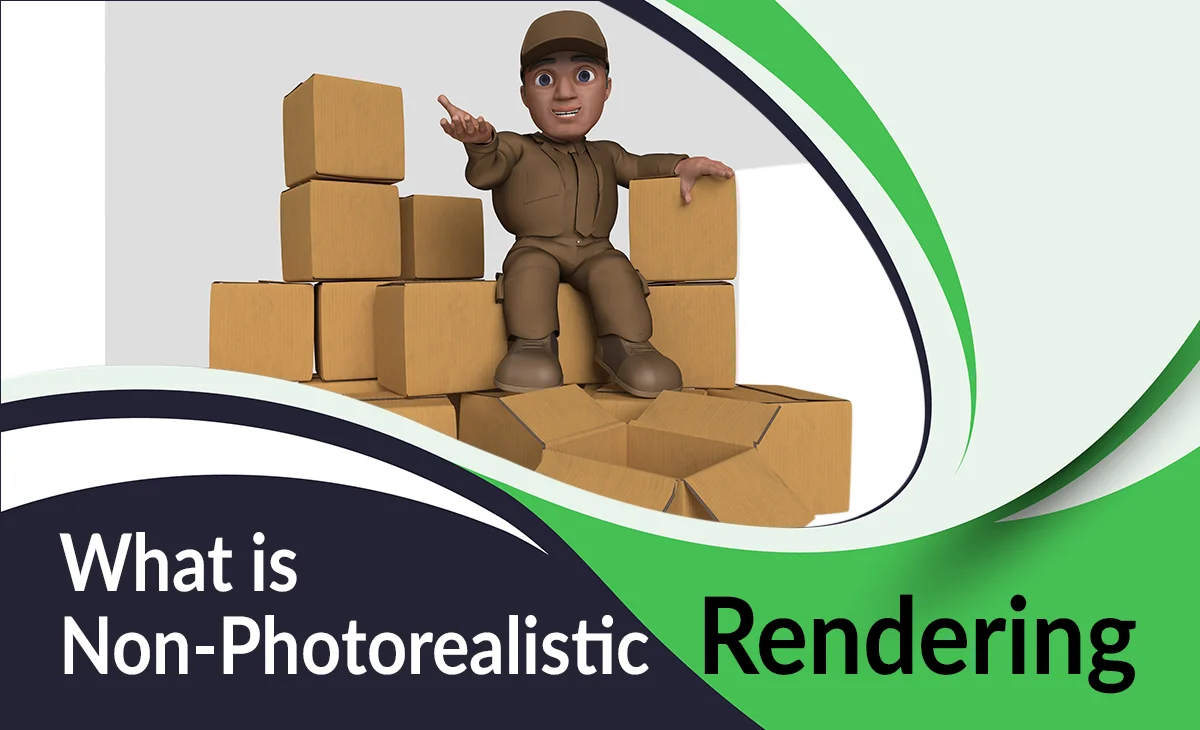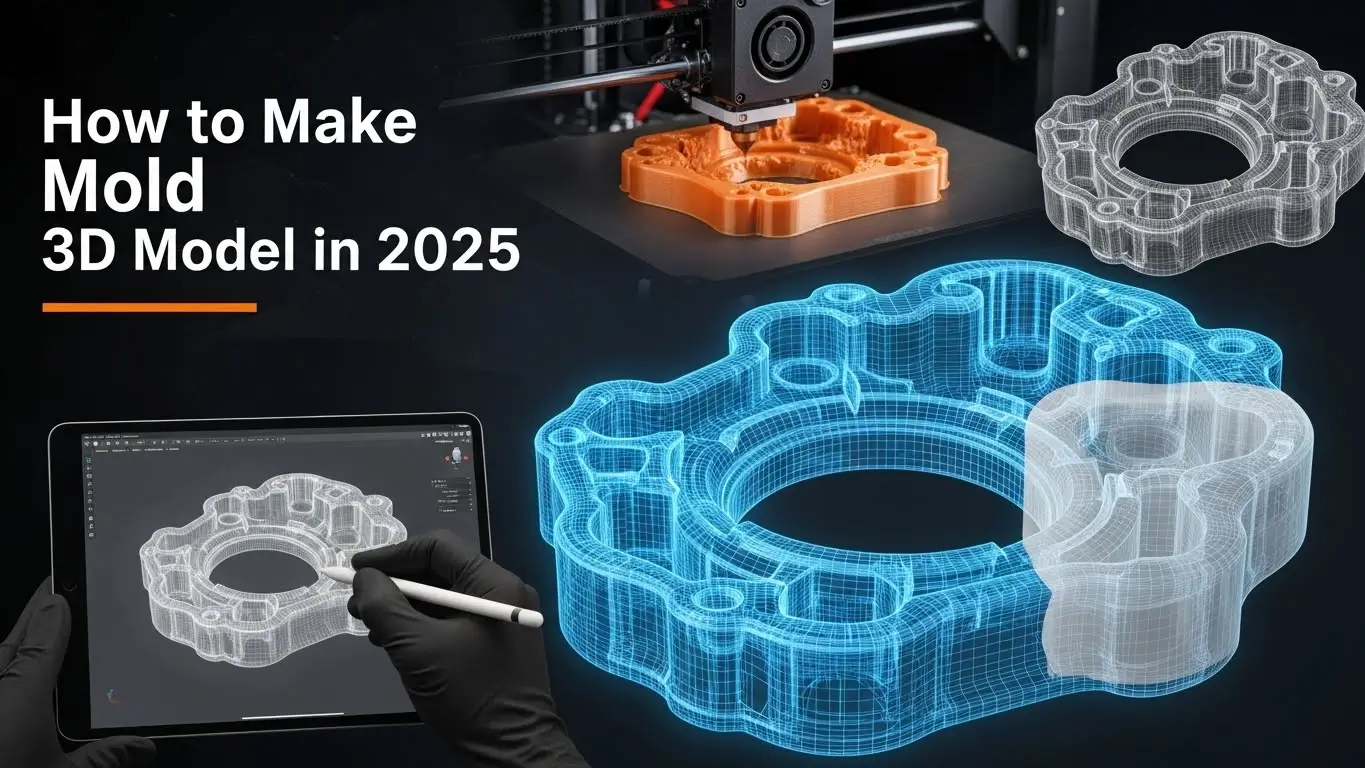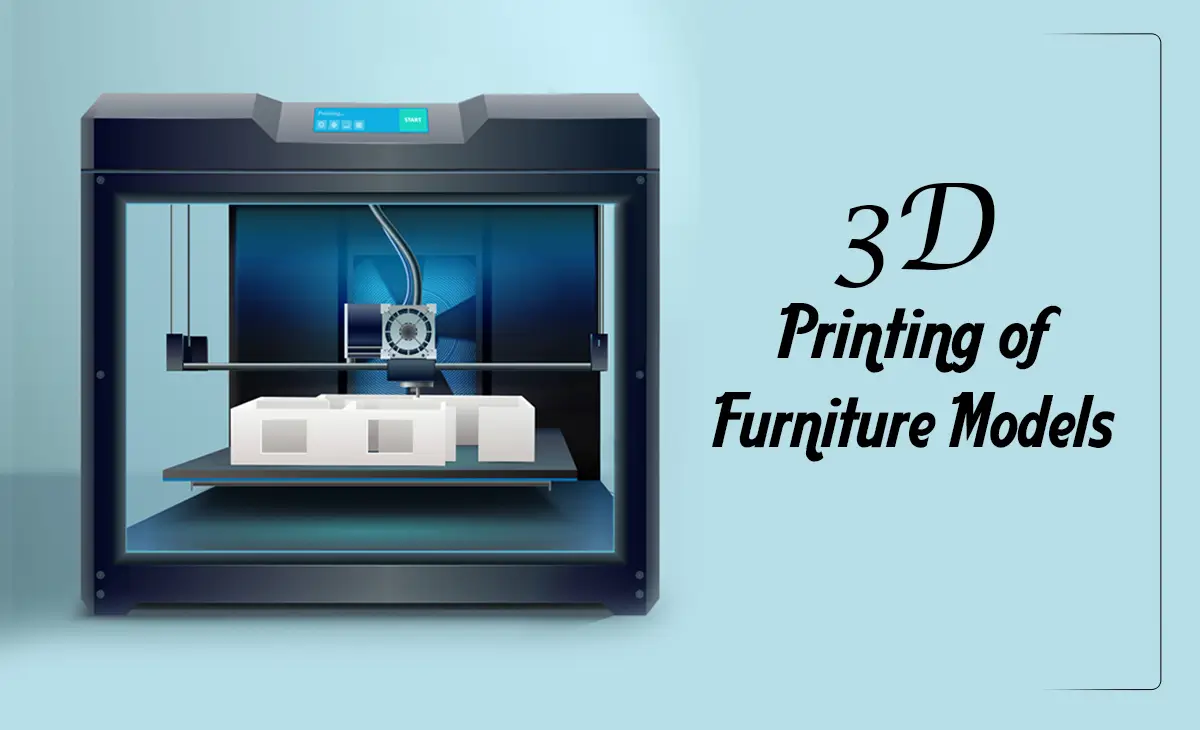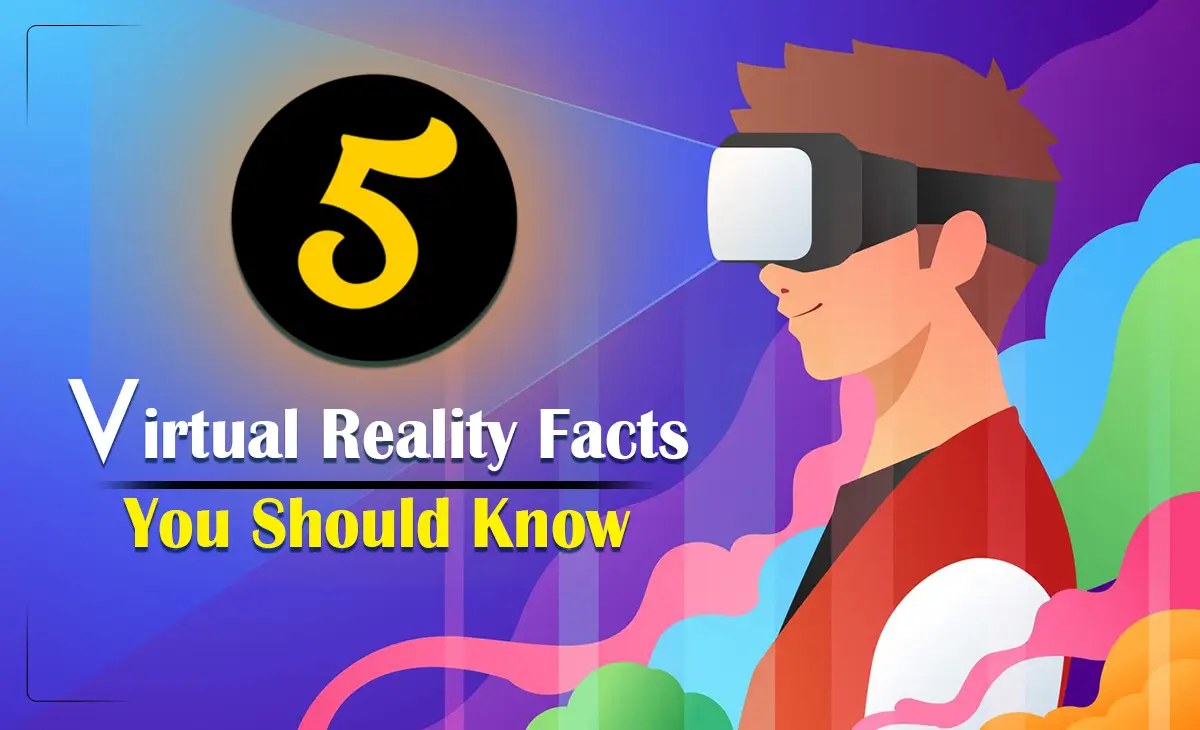Non-Photorealistic Rendering
In computer graphics, we are mostly familiar with natural and close to photorealistic visuals. We use it in 3D architecture modeling, product, furniture modeling, etc. However, there is an alternative side, where skip realism is called nonphotorealistic rendering. Let’s discuss “What is Non-Photorealistic Rendering” in this blog.
What is Non-Photorealistic Rendering
Non-photorealistic rendering(NPR) refers to a set of techniques that generate visuals in computer graphics whose aim is not to look realistic. It focuses on stylish and in-game art. The visuals that look like they’ve been drawn, painted, inked, sketched, or imagined. Depends on your motive and how you want to look like your graphics to look; a Rendering expert decides which one is suitable as photorealistic or non-photorealistic rendering.
What Are The Common NPR Techniques

Non-photorealistic rendering (NPR) comes in many forms, each with its aesthetic, purpose, and emotional tone. These styles aren’t just trendy—they’re purposeful tools used in games, movies, illustrations, and concept design. Here’s a deeper look at some of the most recognizable and impactful NPR styles:
- Cel Shading
Cel shading is one of the most iconic NPR styles. It gives 3D modeling of a flat, cartoon-like appearance with solid colors, minimal shading, and bold outlines—mimicking hand-drawn 2D animation. The Legend of Zelda: Wind Waker
Borderlands game series
Dragon Ball FighterZ
Best for: Video games, stylized animations, mobile graphics
How it works: It uses step-based lighting and edge-detection to create a “comic book” or “anime” look.
- Line Art and Sketch Rendering
This style makes 3D objects appear as if they’ve been hand-sketched with pencil or ink, often with varying line thickness and rough edges. It’s a favorite in architectural visualizations, where clarity and simplicity are essential.
Architectural blueprints and drafts
Concept art and industrial design sketches
Best for: Technical illustrations, concept design, architecture
How it works: Uses contour detection and stroke rendering for a drawn appearance.
- Watercolor & Ink Wash Effects
Watercolor rendering mimics the soft textures, uneven pigment spreads, and fluid transitions found in traditional watercolor painting. This style is emotionally expressive and often used in storytelling or children’s animations.
Okami (PS2 game with a traditional Japanese brush painting style)
Animated storybook apps
Best for: Emotional storytelling, children’s content, indie games
How it works: Procedural brushes and texture overlays create painterly effects with organic flow.
Applications of Non-Photo Realistic Rendering
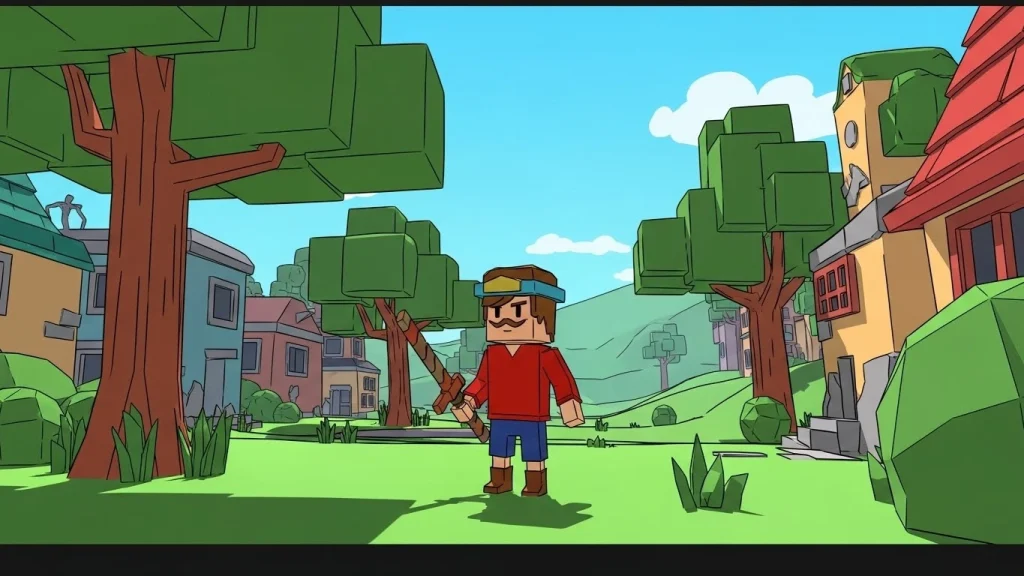
Non-photorealistic rendering is a powerful tool across many industries, such as animation, cartoons, and products, etc.
Cartoon and Animation
One of the most widespread sectors in non-photorealistic rendering is animation and cartoons. NPR allows studios to create visuals that match specific art styles, story tones, or cultural aesthetics. Giants such as Disney and Pixar have heavily utilized it to create blockbuster films.
Commercial Products & Branding
In product visualization, NPR is used to stylize renders for packaging, branding, and advertisements. Unlike photorealistic renders, NPR can emphasize key features or design intent rather than realistic lighting and textures.
Gaming and Interactive Media
NPR styles are becoming increasingly popular in video games to differentiate gameplay visually and create unique experiences. From comic-inspired shooters to hand-painted RPGs, NPR lets developers stand out in a crowded market.
The Legend of Zelda: Wind Waker, Borderlands, and Cuphead rely heavily on NPR techniques to craft their worlds. Instead of focusing on lifelike graphics, they offer artistic and emotionally resonant visuals that enhance gameplay and storytelling.
Scientific and Educational Visualization

Scientific 3D visualization is made more accurate by using line drawing and splatting techniques. With the availability of faster and more efficient CPUs, this rendering approach is improving. To convey what we see in many modern video games and cartoons, these illustrations employ strokes, textures, tones, outlines, scale, and signals.
Visual aids must be understandable and instructive in the domains of science, education, and medicine. NPR makes difficult processes or structures easier to understand by simplifying them. For instance, chemistry simulations, biology animations, and anatomy diagrams can all be produced in a clear, stylized manner that prioritizes education over realism.
NPR is widely used in explainer videos and educational apps to enhance learning. NPR speeds up learners’ assimilation of new ideas by eliminating superfluous detail and concentrating on essential ideas. Additionally, it promotes accessibility, which makes images simpler for people of all ages and educational backgrounds to understand.
Conclusion
More than just a tool for artists, non-photorealistic rendering is a useful solution for fields that depend on emotional resonance, strong visual identity, and unambiguous communication. NPR has a significant influence on how stories are told and information is presented, from popular films to instruction manuals. The need for stylized and expressive images will only increase as technology advances. At the vanguard of this movement, NPR provides storytellers, artists, educators, and engineers with a potent means of visualizing the world, not as it is, but as it can be imagined.


